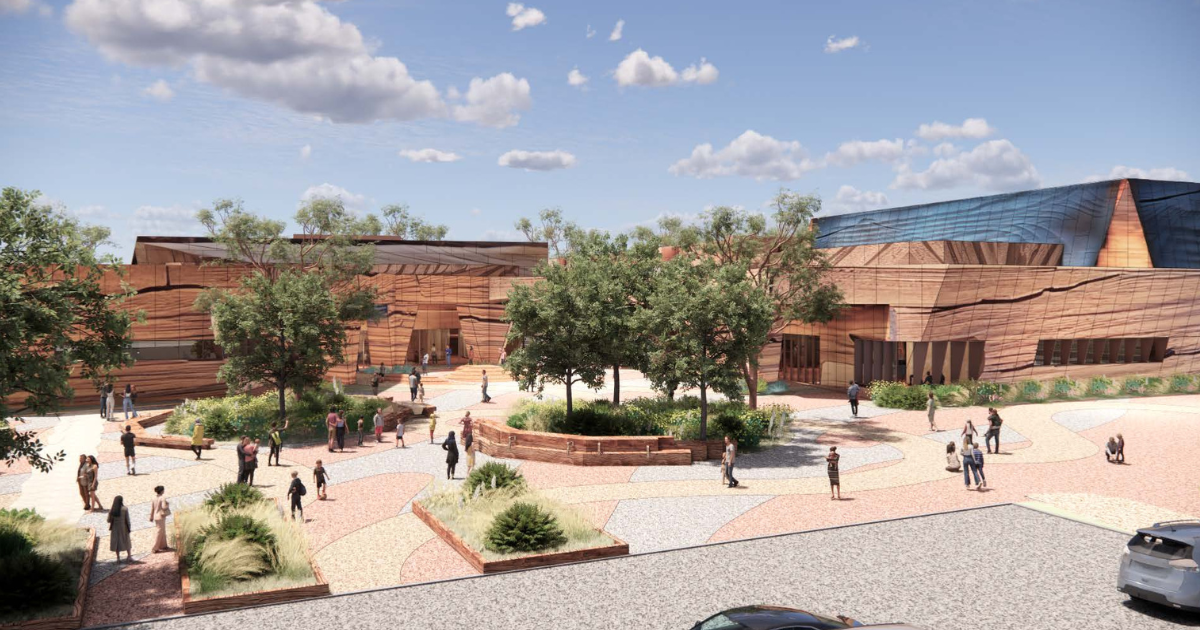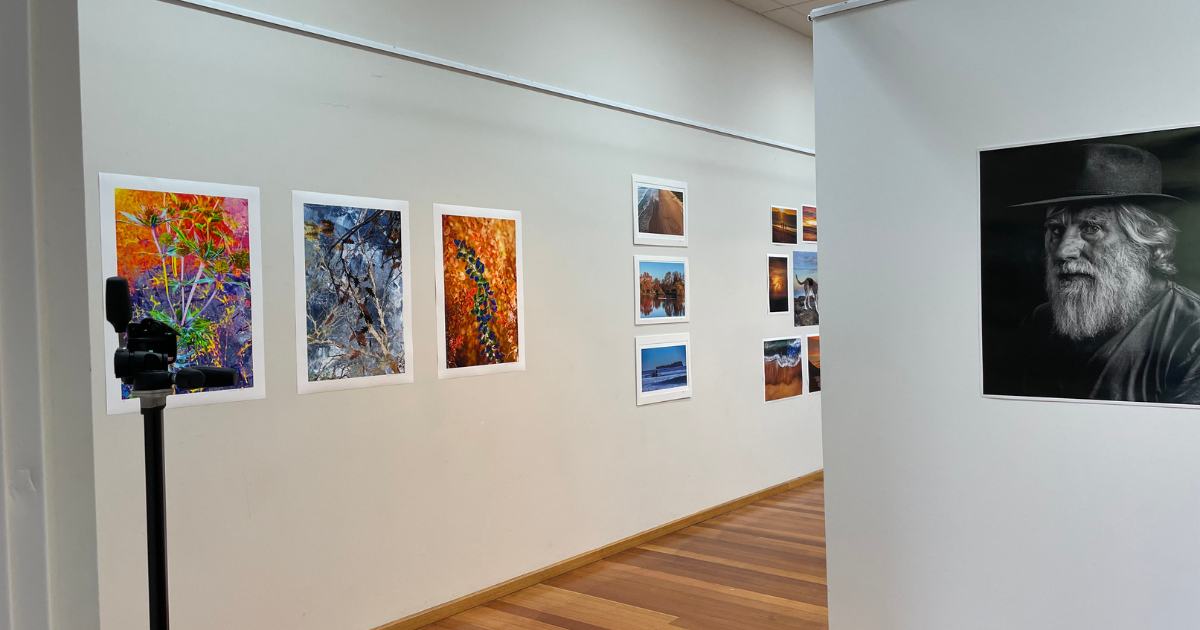Anglesea River changes colour

The Anglesea River recently turned a light blue/green milky colour. Photo: LORRAE WARNE/FACEBOOK ANGLESEA LIFE
THE Friends of Anglesea River (FOAR) group is concerned about the future of their local waterway and say it’s “sad” to see recent natural processes continue to play havoc with its physical appeal and marine life.
Following a series of high rainfalls during the past fortnight, much of the Anglesea River turned to a milky blue-green colour as a result of flocculation.
The river’s water has long been subject to spikes in acidity when acids and metal salts from natural sources and swamplands in its catchment flow into the river.
The flocculation process sees the fine metal particles start binding in water and change the water’s colour with reflecting light.
FOAR founder Keith Shipton said last week’s flocculation event was more noticeable than previous instances.
“There hasn’t been very much flow coming down from the creeks and so we haven’t seen this phenomenon for a long period.
“We have lot of metal salts and acidity in the Anglesea River and its naturally occurring to a certain extent.
“The acidity in the freshwater coming down from the creeks, we think, is caused by the pumping from the aquifer under the river’s catchment.
“It adds to the flocculation effect and force the little salts to rise and that’s how you get that colour.
“Usually the colour change happens down near the river mouth, but because there is so much sea water in the river at the moment, it’s further up towards the end of the estuary.
“It’s somewhat different this time than ever before which is quite interesting.”
Mr Shipton said the process of flocculation would again kill fish life in the Anglesea River.
“The very fine particles are taken into the fish, clog up the gills and essentially suffocates them.
“When we’ve had previous episodes, within a week or two weeks, the fish unfortunately start dying.
“The really concerning thing at the moment is the river has now been non-acidic and had water which should sustain fish life for the best part of twelve months.
“The river opened up in October and it’s not been acidic since.
“We thought nature would take its course, the fish and critters would come back, but that hasn’t been the case, it’s been desertified.
“Now there’s no observable fish, it’s a pretty sad looking riverbed covered with metal salts and a thick layer of algae.”

















